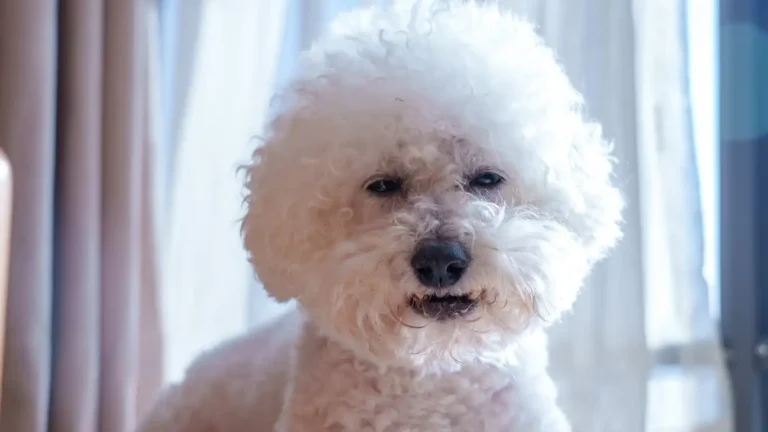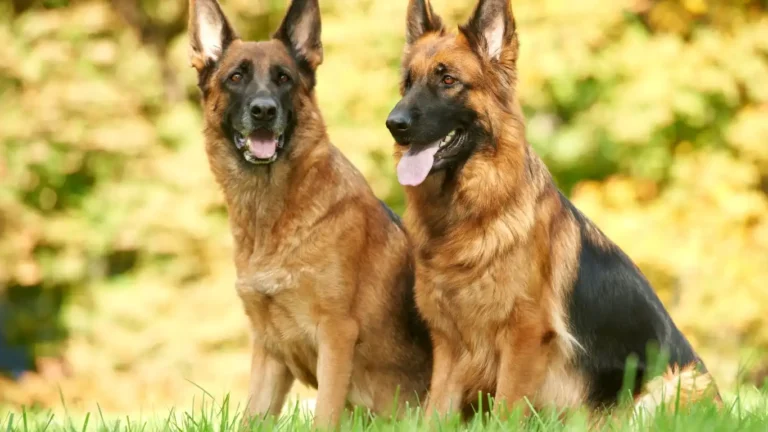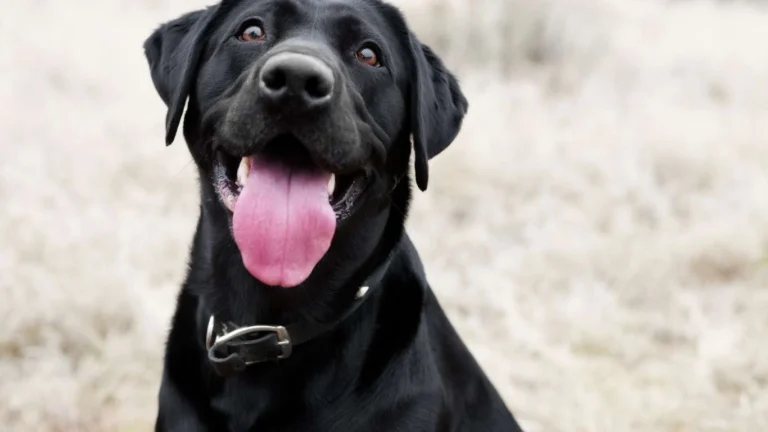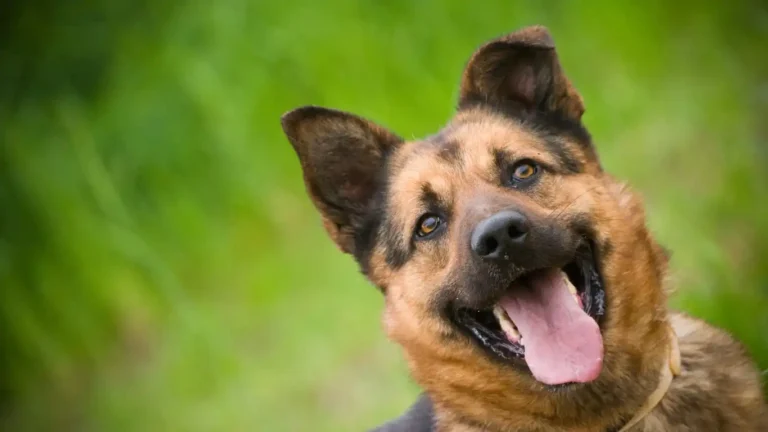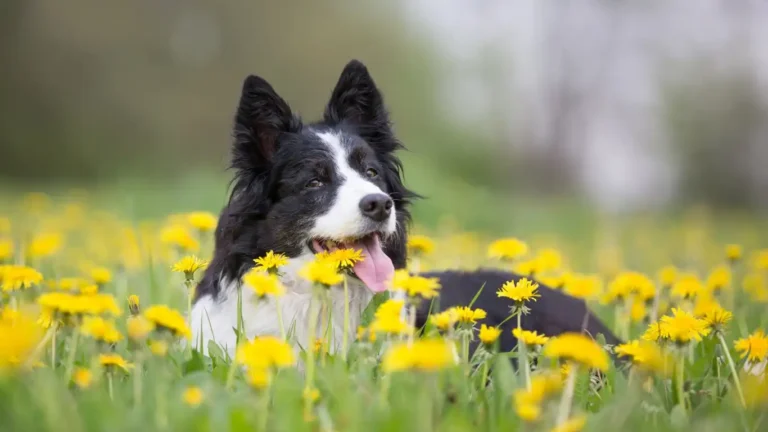Stop the Risk: How to Prevent Dogs from Drinking Toilet Water
Ever caught your dog happily slurping from the toilet bowl and instantly felt both horrified and confused? You’re not alone. As a Veterinary Technician/Nurse with a strong background in pet nutrition, I’ve had countless conversations with pet parents asking how to prevent dogs from drinking toilet water. It’s not just a gross habit—it can actually be harmful. This behavior might seem harmless or quirky, but there’s more going on under the lid (pun totally intended). Let’s dive into why our furry friends are so drawn to toilet water and what we can do about it—without turning our bathrooms into Fort Knox.
Why Are Dogs So Attracted to Toilet Water?
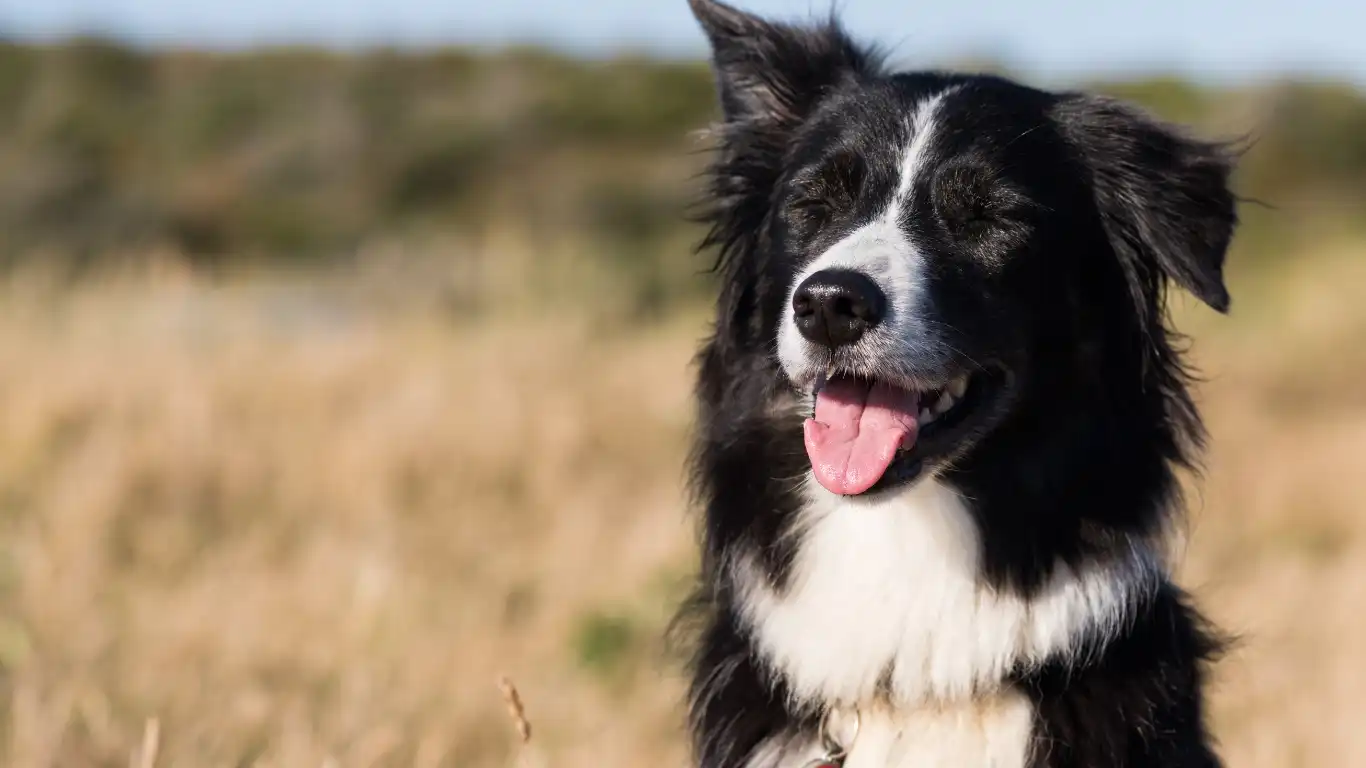
First things first—dogs aren’t trying to gross us out. There are a few genuine reasons behind this behavior:
- Cool and Fresh: Toilet water is often cooler than the water in their bowl, especially if you live in a warm climate.
- Movement Matters: The swirling of toilet water when flushed may appeal to their curiosity.
- Standing Water Isn’t Natural: In the wild, dogs wouldn’t drink from a stagnant bowl. Toilet water, due to frequent flushing, may seem more “fresh.”
I’ve had patients—smart, well-trained dogs—who still managed to sneak in gulps of toilet water when no one was looking. One pup, a sprightly little terrier named Jasper, even figured out how to lift the lid with his snout. Clever? Absolutely. Safe? Not in the least.
Health Risks of Drinking Toilet Water
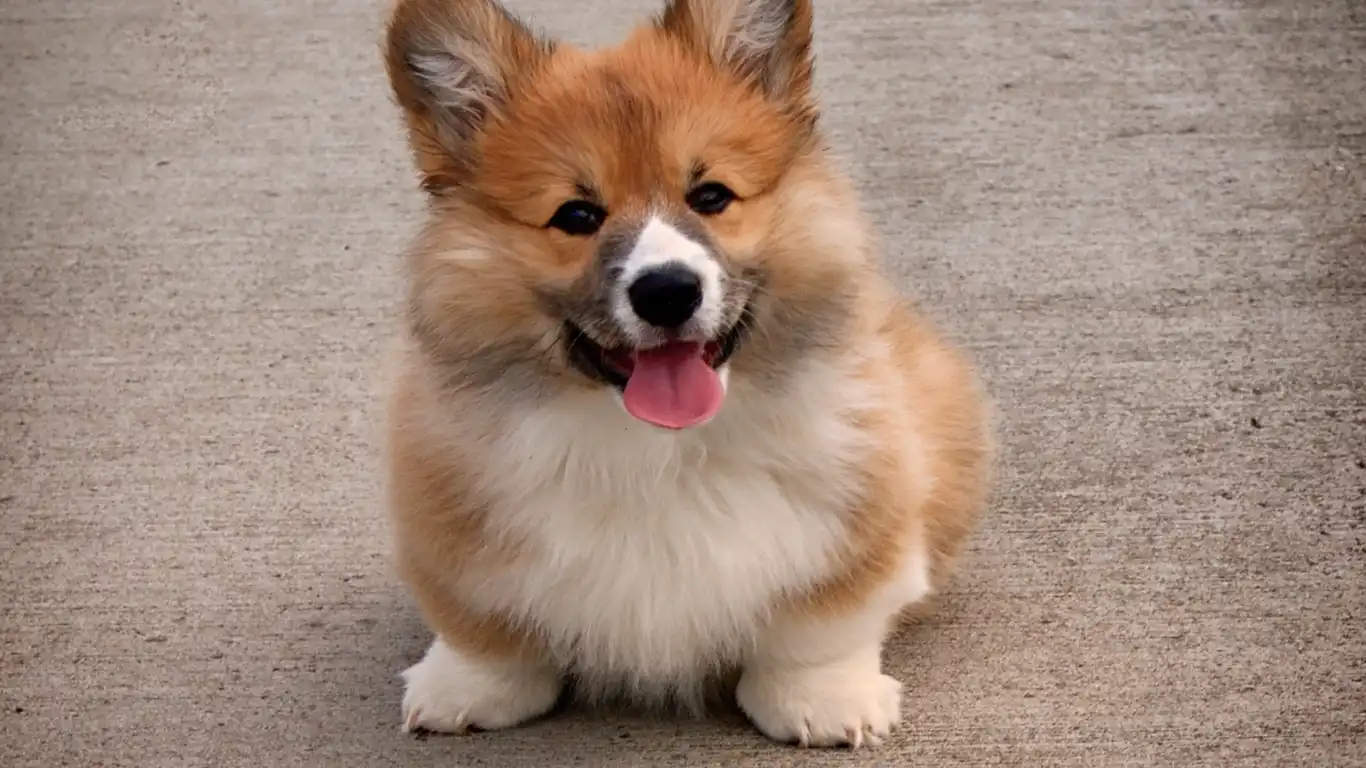
Let’s talk real risk. Drinking toilet water isn’t just gross—it can be dangerous. Even if you don’t use bleach tabs or cleaners, residue from toilet bowl cleaners can linger in the water. Plus, bacteria and pathogens can breed there, especially if someone in the household is sick.
Potential Dangers Include:
- Gastrointestinal Upset: Vomiting and diarrhea are common symptoms if your dog ingests chemical residue.
- Urinary Tract Infections: These can develop from bacteria present in toilet water.
- Poisoning: Some toilet cleaning products are toxic—even in small amounts.
In my clinical experience, I’ve seen more than a few dogs come in with preventable stomach issues. One case involved a lab-mix who drank from a freshly cleaned toilet and developed severe vomiting within hours. The culprit? A common toilet bowl gel cleaner. A lot of owners don’t even realize those cleaners are accessible once they’re dissolved in water.
How to Prevent Dogs from Drinking Toilet Water
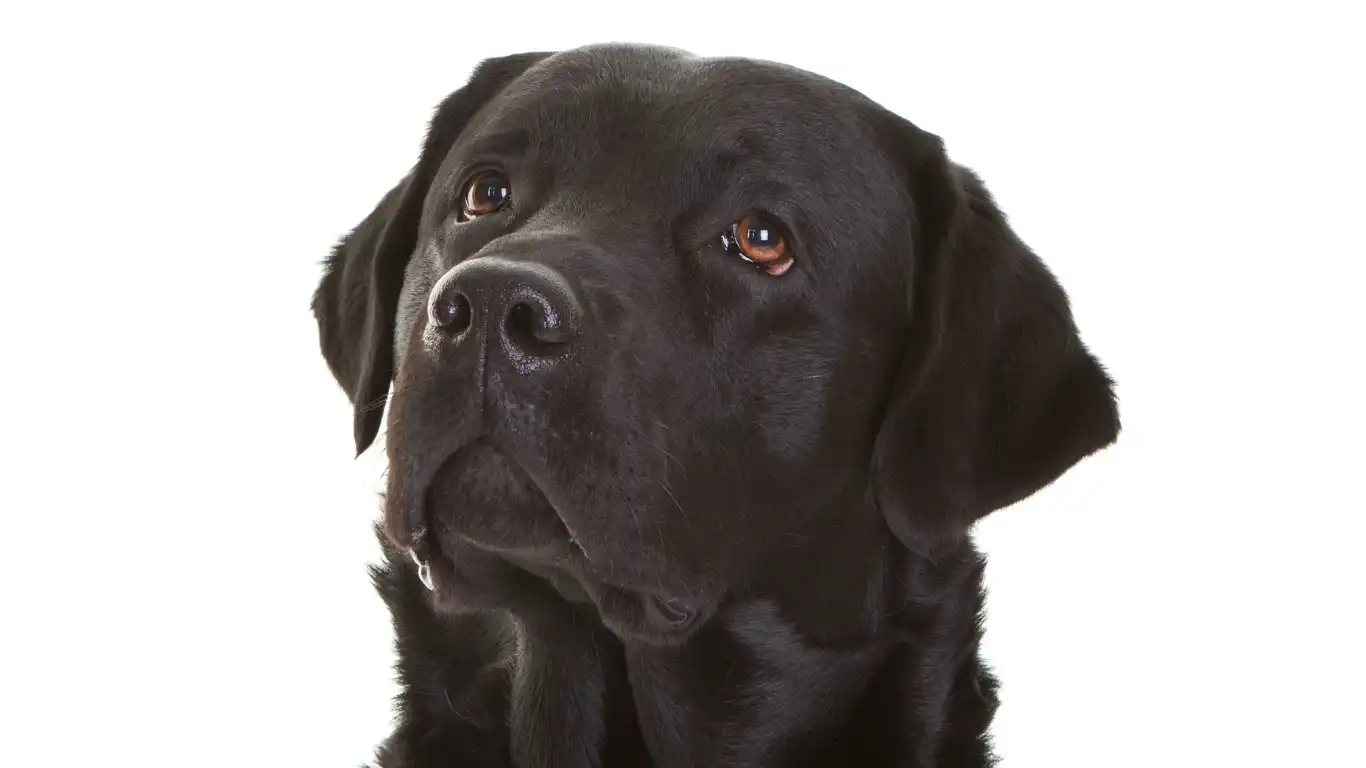
Alright, now let’s get to the practical stuff. How to prevent dogs from drinking toilet water doesn’t have to involve major renovations or weird gadgets. With a few changes and consistent routines, you can stop the behavior and protect your pup’s health.
Close the Lid, Always
Sounds obvious, but I can’t stress this enough. Make it a household habit. Everyone—even the kids—needs to know this is non-negotiable. I tell pet parents to put a sticky note on the toilet as a reminder. It works, especially in busy homes!
Keep the Bathroom Door Shut
This is a simple but effective physical barrier. If your dog can’t access the toilet, they can’t drink from it. Bonus: it also prevents them from getting into the trash or other hazards.
Provide Plenty of Fresh Water
Dogs drink toilet water when their bowl water isn’t appealing. I advise using a ceramic or stainless steel bowl, cleaning it daily, and refilling it with fresh water multiple times a day. You can even use a pet water fountain—dogs love the moving water, and it mimics natural streams.
Add Flavor (Safely)
Some pups are picky. I sometimes suggest adding a splash of low-sodium bone broth to their water bowl or tossing in a couple of ice cubes. Not only does it keep them hydrated, but it makes their bowl more enticing than the bathroom alternative.
In the next section, we’ll get into training strategies, enrichment alternatives, and nutritional angles that can reduce obsessive water-seeking behavior. But for now, these are your foundational steps to put a stop to the toilet slurping for good.
Training Your Dog to Avoid the Toilet
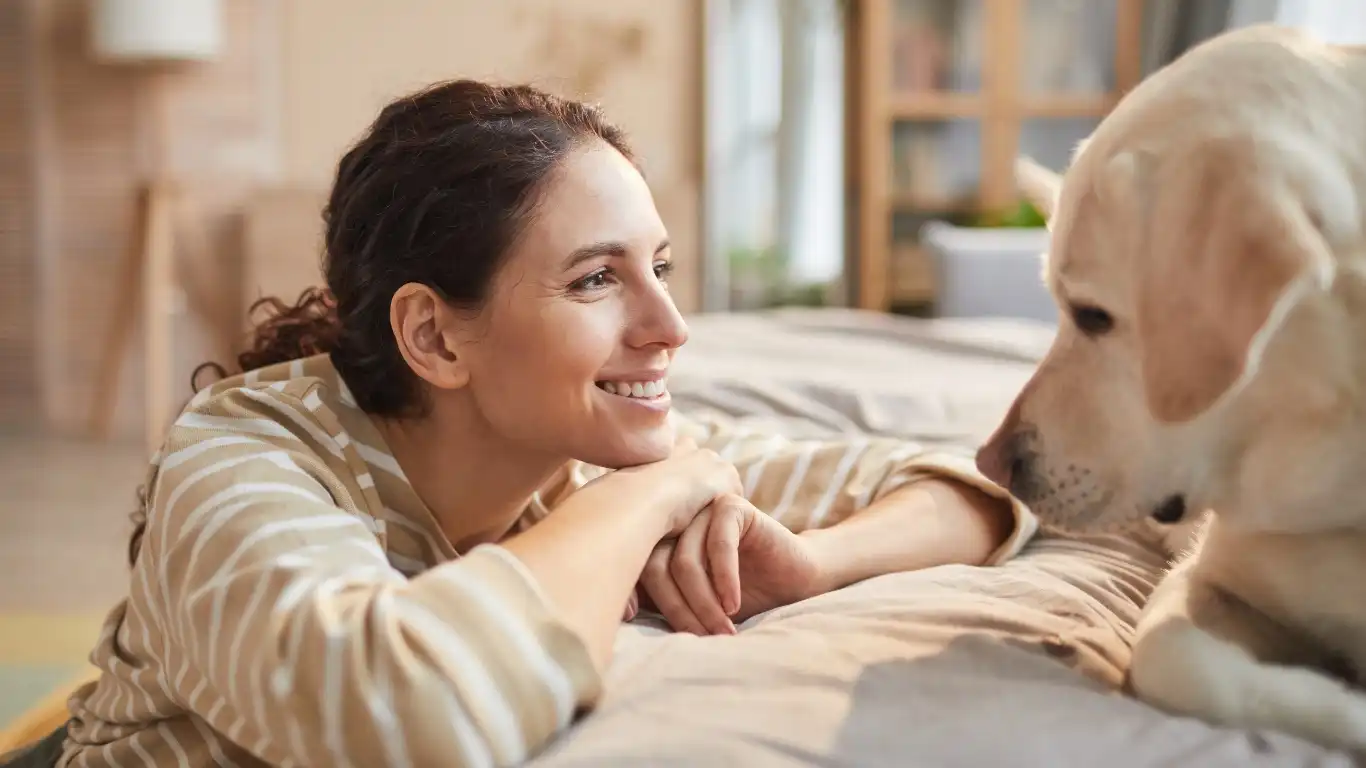
Okay, so you’ve secured the bathroom like Fort Knox and upgraded your dog’s water station. But what if your pup is still obsessively drawn to the porcelain punchbowl? That’s when training comes into play. Like with most behavioral quirks, consistency is key. And trust me, I’ve seen determined dogs who treat the toilet like it’s the holy grail of hydration—training really can break that cycle.
Use the “Leave It” Command
This one’s a basic obedience command that goes a long way in redirecting unwanted behavior. I’ve taught many of my clients’ dogs “leave it” as a general catch-all for “don’t touch that,” and it works great when used near open bathroom doors or when they start poking around the toilet.
Here’s how to start:
- Hold a treat in your closed hand and let your dog sniff it.
- Say “leave it” as they try to paw or lick.
- Once they back off, reward them with a treat from the other hand.
After a while, you can start using “leave it” near the bathroom door or when the toilet seat is up. Positive reinforcement builds trust, and it makes learning stick.
Catch Them in the Act (Gently)
If your dog sneaks into the bathroom and heads for the bowl, calmly interrupt them—don’t yell or punish. Just say “uh-uh” or “leave it,” guide them out, and offer water from their proper bowl. Scolding can make some dogs anxious, and anxious dogs? They tend to find weirder things to chew or drink.
One of my past patients—a clever border collie named Luna—would sneak toilet drinks any time her humans raised their voices at her. Once they shifted to gentle redirection and praise, the behavior stopped within a week. She just needed guidance, not guilt.
Enrichment: Combat Boredom Drinking

You know how we sometimes open the fridge even when we’re not hungry? Dogs drink toilet water for similar reasons—boredom. Especially when left alone too long, or if they’re under-stimulated. That’s why mental and physical enrichment is just as important as proper hydration.
Simple Ideas to Keep Their Minds Busy:
- Puzzle Toys: These are fantastic for food-motivated dogs. A Kong with frozen peanut butter or kibble can keep them entertained for ages.
- Snuffle Mats: Scatter treats or kibble across the mat and let your pup forage.
- Rotate Toys: Don’t leave every toy out at once. Keep a few in hiding and swap them weekly. Newness = excitement.
One of my regular clients, a big ol’ golden retriever named Max, used to “toilet dive” every afternoon. Turned out, it happened around the same time the kids left for school. When we introduced a treat-dispensing toy set to go off at noon, boom—no more toilet surfing. Turns out Max wasn’t thirsty. He was just lonely and bored.
Nutrition Can Play a Role Too

Now here’s a bit from my nutrition geek side. If your dog seems overly obsessed with water—even going as far as drinking from the toilet—it’s always smart to take a look at their diet. Excessive thirst could be a clue that something’s off internally or nutritionally.
Is Your Dog’s Food Too Dry or Too Salty?
If your pup eats primarily dry kibble, they may simply need more moisture in their diet. Try mixing in some hydrated freeze-dried raw food, bone broth, or even wet food. And check the sodium content—some commercial dog foods and treats are sneakily high in salt, which can spike thirst.
I’ve had clients notice immediate improvements just by adding moisture-rich toppers to meals. One little Pomeranian named Bella was practically obsessed with toilet water until we swapped half her kibble for a homemade, vet-approved wet diet. She hasn’t touched the toilet since.
Medical Check? Always a Good Idea
If the toilet obsession seems excessive, or if it’s paired with symptoms like frequent urination or weight loss, it’s worth getting your pup checked. Conditions like diabetes, kidney disease, and Cushing’s can cause increased thirst. I always say—better to rule out a medical issue than ignore a warning sign.
Ask your vet to run some basic labs (urinalysis and bloodwork). It’s quick, affordable, and can give you peace of mind or a clear path forward if there’s an underlying issue.
Keeping the Habit from Coming Back

So you’ve stopped the toilet raids—great! But don’t let your guard down just yet. Habits have a sneaky way of creeping back, especially if your dog gets curious or if routines slip. The trick is to stay consistent and proactive.
Keep Routines Consistent
Stick to regular feeding and watering times. Refresh water bowls daily and clean them at least every couple of days to keep them appealing. If the bowl’s slimy, your dog will go hunting for something “fresher”—and you know where that leads.
Celebrate Progress
Seriously, celebrate the little wins. It may sound silly, but reinforcing good habits with praise and small rewards makes a big difference. Dogs love to please us, and they remember positive attention.
In my next few tips, we’ll talk about choosing the best types of bowls, using elevated feeders, and even dog-safe hydration add-ins that make water way more fun (and healthy). But for now, you’ve got the tools to stop that toilet fascination in its tracks.
Choosing the Right Water Bowl Setup
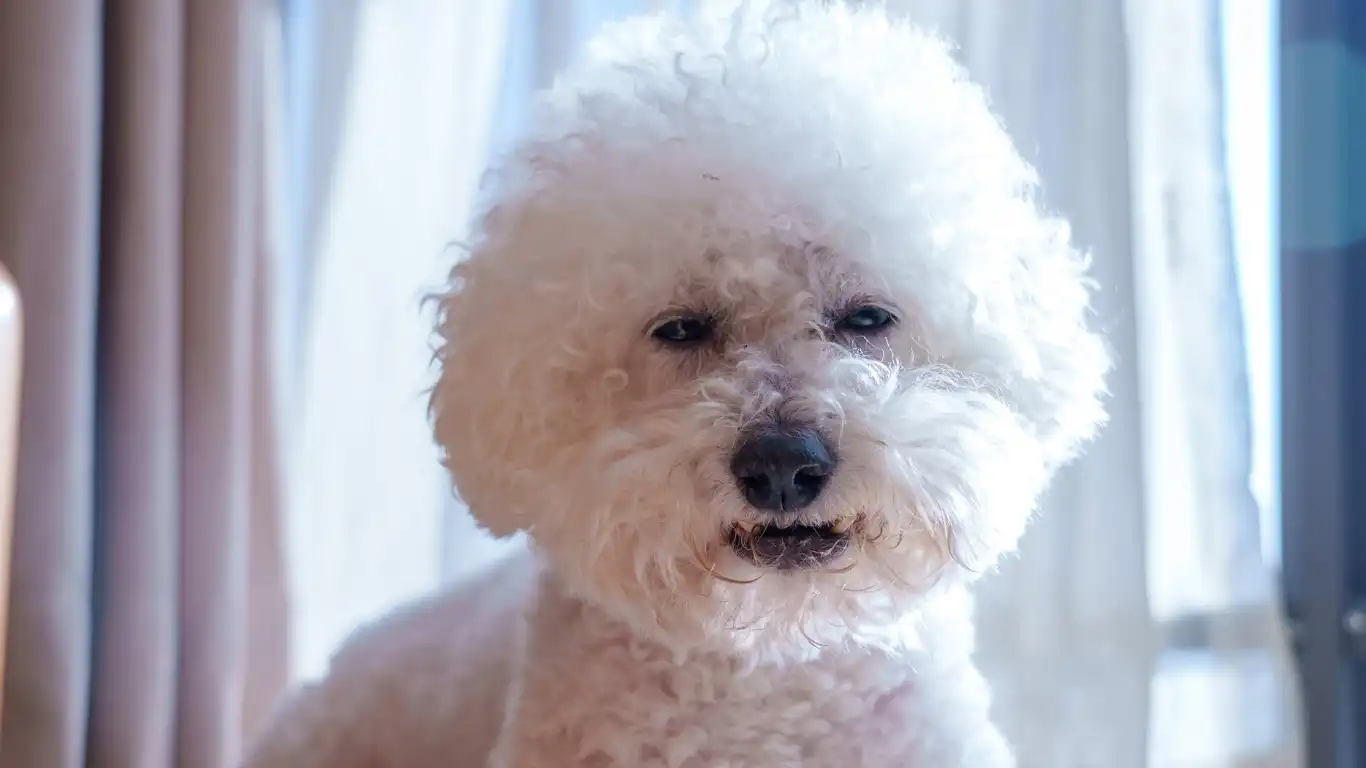
Now that we’ve talked training, nutrition, and behavior, let’s get into something a little more practical—but super important: your dog’s water bowl setup. You’d be amazed how much this can influence their hydration habits. Seriously, I’ve worked with countless pet parents who’ve fixed the toilet-drinking issue just by making water bowls more appealing and accessible.
Material Matters
If your dog’s bowl is made of plastic, swap it out. Plastic can retain odors and bacteria even with regular washing. Dogs pick up on those subtle smells and may avoid the bowl altogether. I always recommend stainless steel or ceramic bowls—they’re easy to clean, more hygienic, and less likely to develop that slimy film (biofilm) that dogs instinctively avoid.
Elevated Water Bowls
This one’s especially useful for larger breeds, seniors, or dogs with arthritis. An elevated bowl puts less strain on joints and neck, and a more comfortable drinking posture often leads to more frequent, healthy drinking. Bonus? Less mess from sloppy drinkers splashing all over the floor!
I’ve had clients say their dogs immediately preferred the elevated setup. One sweet old Rottie named Tank, who used to sneak drinks from the toilet every afternoon, now drinks exclusively from his raised ceramic bowl—and he’s never looked back.
Fun & Healthy Water Add-Ins

Let’s spice things up a bit. Dogs are like us—they’re more likely to stay hydrated when water actually tastes interesting. While we’ve already talked about bone broth, there are a few other safe options I often recommend that keep dogs away from the toilet and headed toward their water bowl.
Flavor Ideas to Try:
- Low-sodium bone broth: Just a splash adds flavor and nutrition. Avoid broths with onion or garlic.
- Ice cubes with fruit: Freeze bits of blueberries or apple slices (no seeds) inside the cubes. It turns drinking into a game.
- Dog-safe hydration powders: These are like electrolyte packets for pups and are especially great during warmer months or after lots of exercise.
Of course, moderation is key. These aren’t meant to replace fresh water but to encourage hydration in picky drinkers or dogs recovering from illness. And when in doubt, always check with your vet or a certified canine nutritionist.
When You Might Need a Vet’s Help
I’ve touched on this earlier, but it’s worth repeating—sometimes toilet water drinking is a symptom, not just a habit. If your dog is constantly drinking large volumes of any water source—bowl, toilet, puddles—you should consider a veterinary exam.
Excessive thirst (polydipsia) can be a sign of:
- Kidney disease
- Diabetes mellitus
- Cushing’s disease
- Electrolyte imbalances or medication side effects
It’s heartbreaking to see a pup suffering from something preventable or manageable if caught early. I once had a senior shepherd mix whose only “symptom” was constant toilet water drinking. His family thought it was behavioral—turned out to be early-stage kidney disease. We caught it early, started treatment, and his quality of life drastically improved.
If your dog’s drinking seems excessive or they suddenly change habits, get them checked. Simple bloodwork and urinalysis can reveal a lot—and could save your pup a world of trouble.
Quick Recap: What Actually Works
Let’s wrap this all together with a bite-sized list you can screenshot or stick on your fridge. These tips are what I share with my clients, and they’ve worked time and time again:
- Keep toilet lids closed and doors shut
- Refresh water bowls at least once a day
- Use ceramic or stainless steel bowls (ditch the plastic)
- Offer fun water alternatives like ice cubes or broth
- Train the “leave it” command for bathroom temptations
- Provide enrichment to reduce boredom-based behavior
- Evaluate diet for salt content and hydration balance
- See your vet if drinking habits change suddenly
You’ve now got everything you need to stop the toilet drinking habit once and for all—and do it in a way that’s healthy, respectful, and based on understanding your dog’s needs. Trust me, with patience, consistency, and a bit of creativity, even the most stubborn toilet drinkers can change their ways. I’ve seen it happen with dozens of dogs, and I know you can do it too.
References
- American Veterinary Medical Association (AVMA)
- Veterinary Partner
- World Small Animal Veterinary Association (WSAVA)
Disclaimer
This article is intended for informational purposes only and is not a substitute for professional veterinary advice, diagnosis, or treatment. Always consult your veterinarian or a qualified pet healthcare provider regarding any questions you may have about your pet’s health or behavior.

